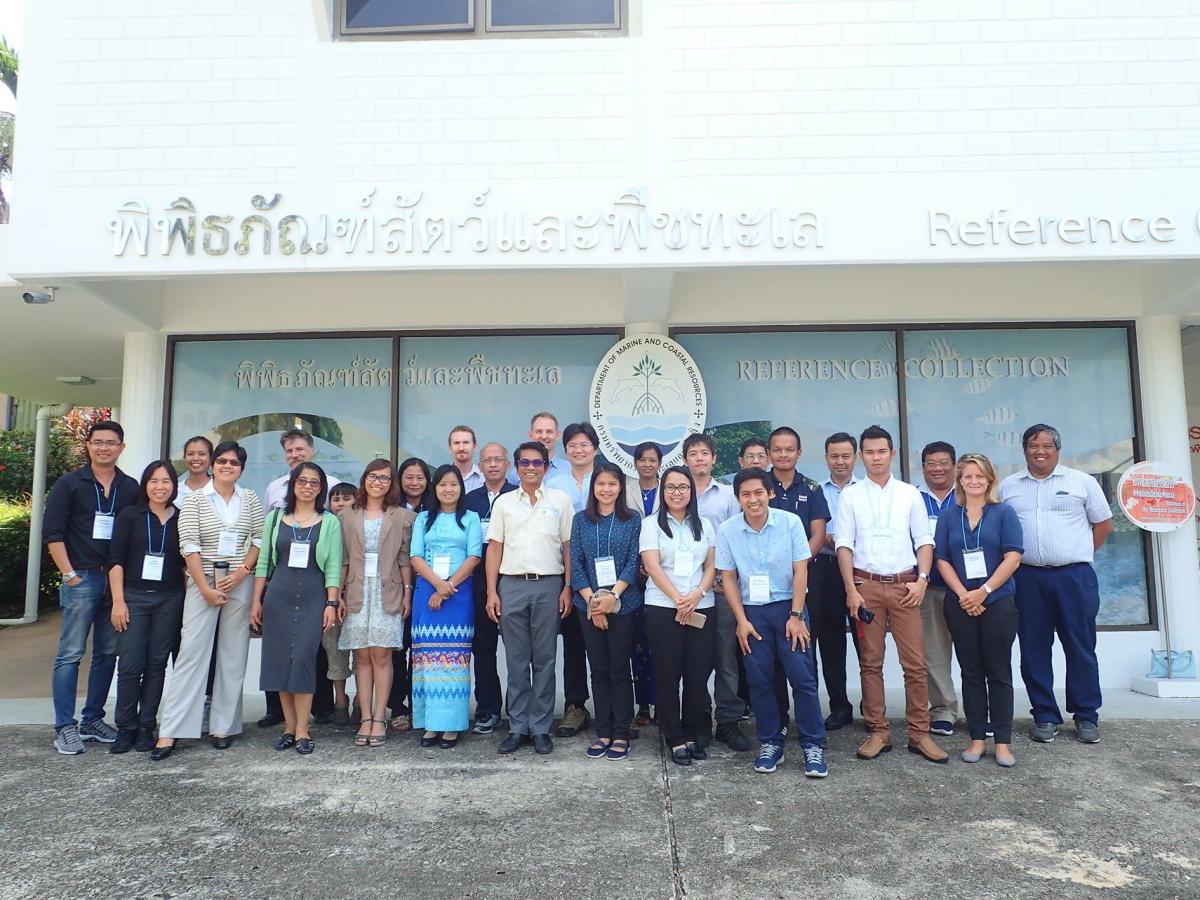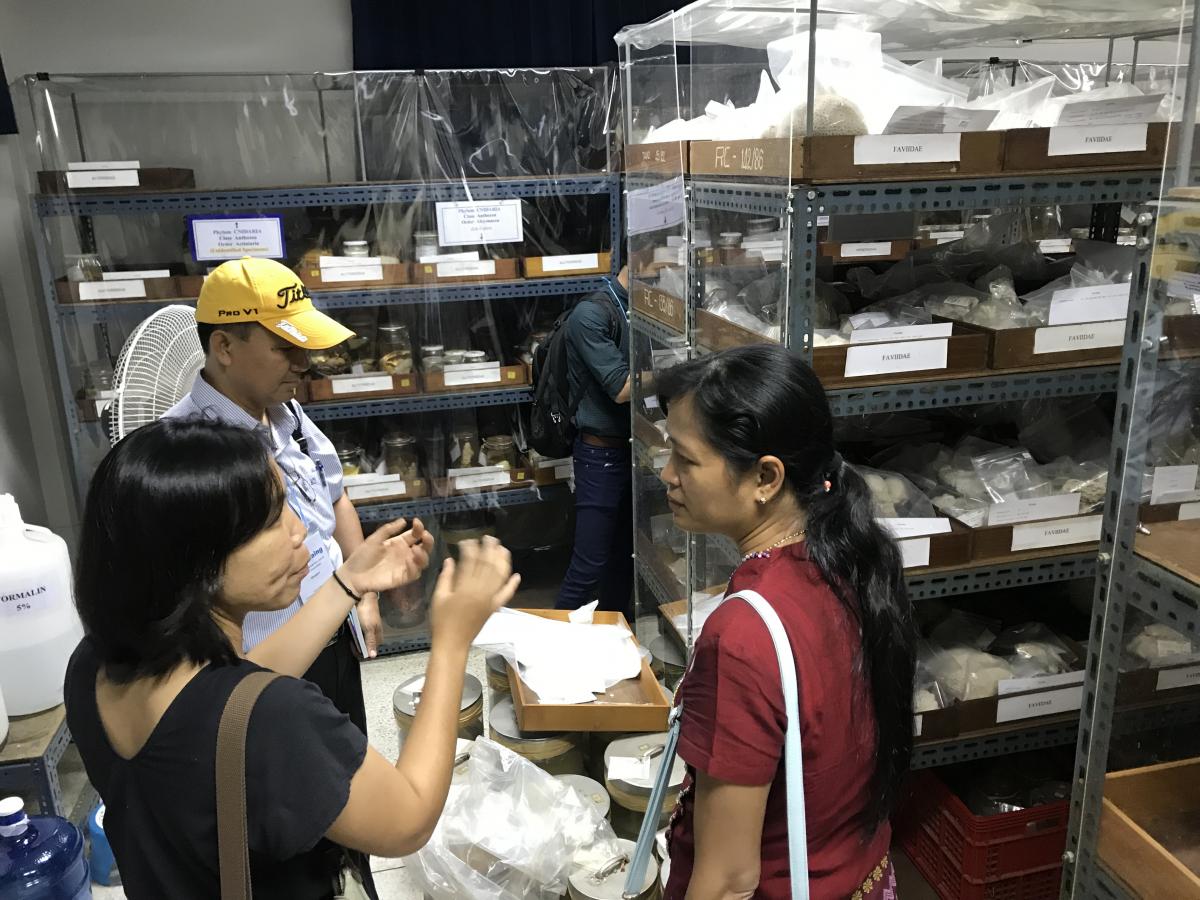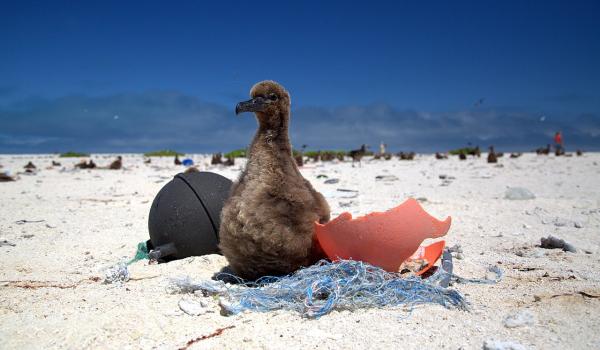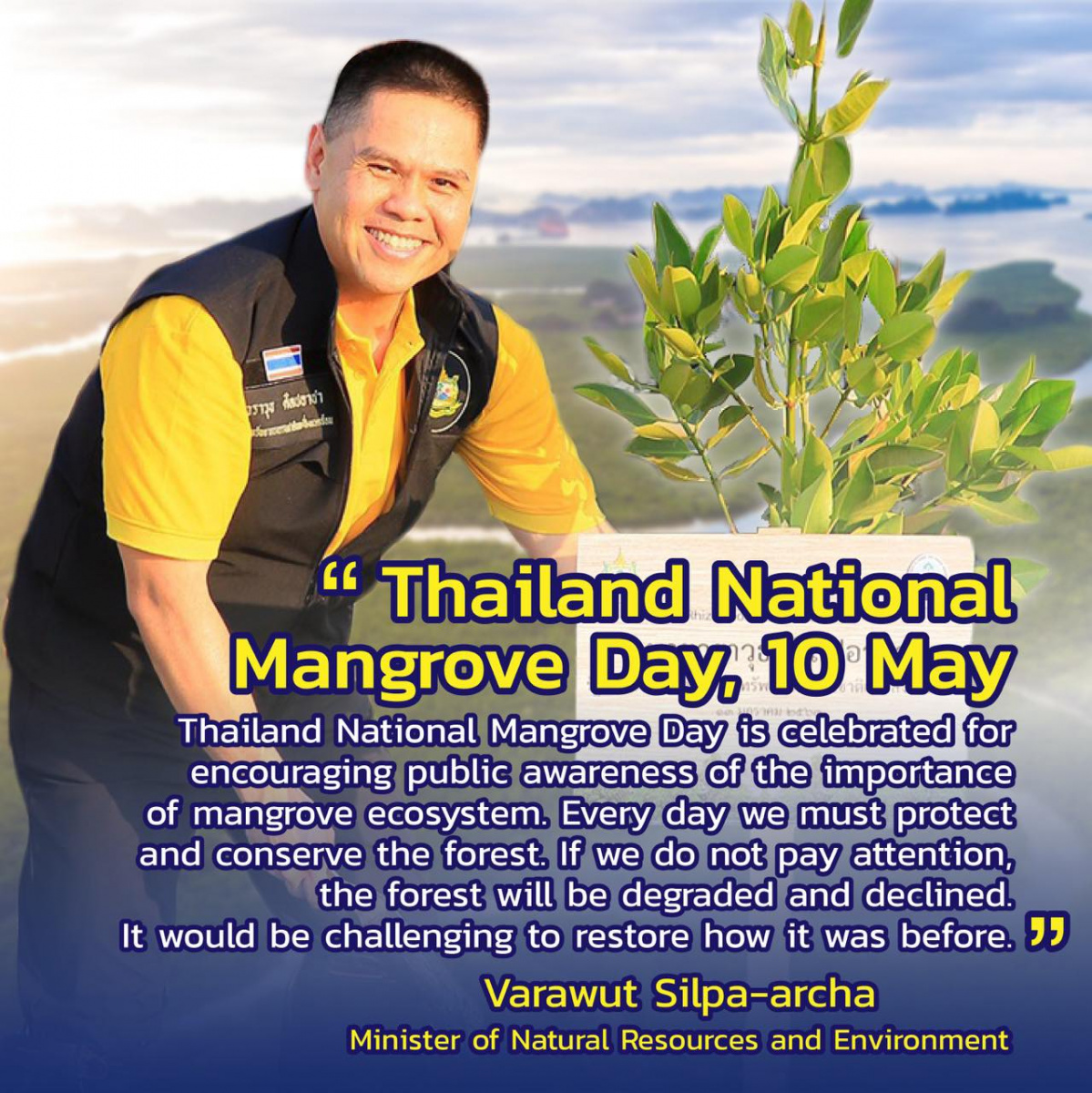Seminar on Sustainable Management of Reef Systems between Myanmar and Thailand
From the 7th to 8th of November 2017, IUCN, in collaboration with the Thai Department of Marine and Coastal Resources (DMCR), and the Prince of Songkla University, hosted the Seminar in Marine Science for Sustainable Management of Reef Systems between Myanmar and Thailand. Focusing on the conservation of biodiversity at the maritime border between Thailand and Myanmar, the seminar was attended by representatives from both countries, which shared the results of biodiversity studies in the region, and proposed methods for moving forward on conserving this ecologically important region
An essential first step in managing a bi-national reef system is thorough surveying and stocktaking in each of the two countries. There is currently a more complete understanding of the biodiversity and ecosystem interactions on the Thai side of the border, when compared to the Myanmar side, due to resource and training limitations in Myanmar. A recent biodiversity survey trip to the Myeik Archipelago studied a range of marine organisms including hard and soft corals, sponges, fishes, sharks, rays, and phytoplankton. Data collected during this trip has allowed scientists to create a clearer picture of the organisms inhabiting the area, and provided insight into essential habitats to protect. In the aftermath of the 2010 coral bleaching, research has found that Thai reefs of the Andaman Sea depend on the upstream northern reefs of the Myeik archipelago for post-bleaching replenishment, highlighting the connectivity of the areas and the importance of transboundary conservation.
During the second day of the seminar, participants discussed the best ways to move forward with creating a transboundary conservation area. It was determined that coral reefs, mangroves and seagrass ecosystems must all be considered in protected area zoning. Major threats to biodiversity include destructive and commercial fishing, climate change, tourism development, aquaculture and coastal wastewater runoff. The group also discussed the obstacle of jurisdiction of the area—whether local or national governments should be engaged in transboundary management. There are a vast number of agencies that need to be consulted in the formation of a Marine Protected Area (MPA), and there is a lack of clarity in terms of responsible agencies in each country. There was a suggestion to create a transboundary committee, which would be endorsed by the government and given agency to make decisions on behalf of the central government, eliminating the need to send all approval requests to the national level. Establishing a contact person in each country is important to enable communication with government agencies. This person will act as a liaison between NGOs and various government groups.
Future plans in moving towards a bi-national conservation area include a seagrass biodiversity workshop in Ranong, hosted by DMCR, and a potential training workshop on how to preserve museum specimens, and techniques for marine surveys and monitoring. It was suggested that future meetings with government officials could be hosted by NGOs such as FFI and IUCN, who are responsible for inviting international guests. Establishing a clear communication channel and collaboration between the two countries will be an essential step in the development of a successful marine conservation area.





